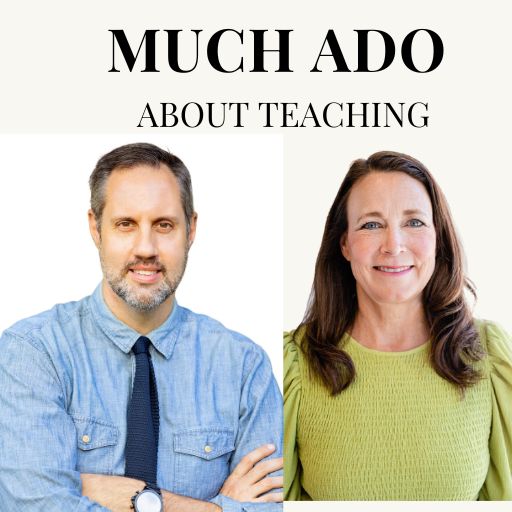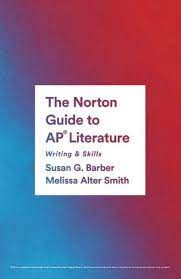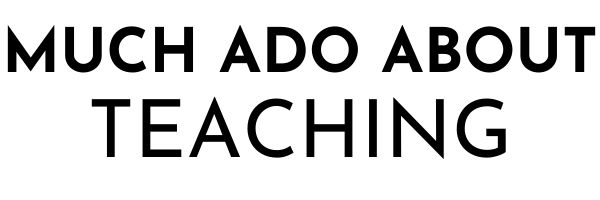One of the consistent issues that I have to combat throughout the year is that my students – in their close reading and analysis – keep tripping themselves up because they can’t “find any literary devices” in the passage or poem. They seem to think, as much as I try to break them from this … Continue Reading
Fences. The Importance of Being Earnest. A Doll House. A Raisin in the Sun. Trifles. Antigone. Short plays can pack a powerful punch. I love the possibilities and teaching points that plays provide. A play offers so many opportunities for interaction as students can read and act out scenes which easily leads to lessons about, … Continue Reading
Thesis statements are tricky. Maybe that’s because there’s so much pressure riding on them. How do you distill all of the ideas of an essay into one or two sentences? It has also been said that the thesis statement is a road map, marking the path of an essay and guiding the reader through the … Continue Reading
Naomi Pate has been an inspiration to me since I started teaching in Atlanta; her enthusiasm and love for life is contagious. She teaches English and journalism at Maynard Jackson High School in Atlanta, GA. She is also an ambassador for the Atlanta Track Club, so if you’re ever running a race in Atlanta, keep … Continue Reading
by Susan Barber and Matt Brisbin (repost from APLitHelp.com) This year, I have had to rethink my teaching. I moved from a suburban to urban school, left a 4×4 block where I had my AP students everyday all year and now teach on an A/B block only seeing my students every other day, and I have … Continue Reading
As a basketball coach, March is one of my favorite months. Anytime I turn on the tv, there is a great college basketball game. Duke-North Carolina, Kentucky-Tennessee, Michigan-Michigan State. Conference tournaments. And, of course, the big dance of them all, the NCAA Tournament. March is also one of my favorite months in the classroom. Each … Continue Reading
I am a huge proponent of choice reading, but sometimes the whole class novel is necessary. A common text allows us to think through character development, plot and structure, and thematic ideas over the course of a few hundred pages and a few weeks. This slow burn and thinking on one central work usually has … Continue Reading
Before I became a teacher I dreamed about my classroom. I imagined my students arriving each day with anticipation in their eyes and wonder in their hearts. I envisioned a room with hands in the air, thoughtful discussions, and signs of fascination and curiosity. I pictured students glued to their seats when the bell rang … Continue Reading
Denise Trach teaches a variety of English classes at Carmel High School in Carmel, NY. Her work on mindfulness – with both students and teachers – is an inspiration to all. You can connect with her on Twitter, IG, or find out more about her on her personal blog. 1. Walk us through a great … Continue Reading
Susan’s note: This post is written by Adrian Nester who put some thoughts on paper after the pilot reading. I have added a few ideas which are in italics and a teaching point for each path. Before launching into this, I want this sophisticated point (haha) to guide your approach to Row C in the classroom: Do not … Continue Reading



























